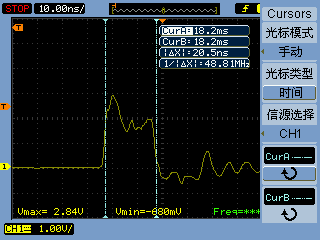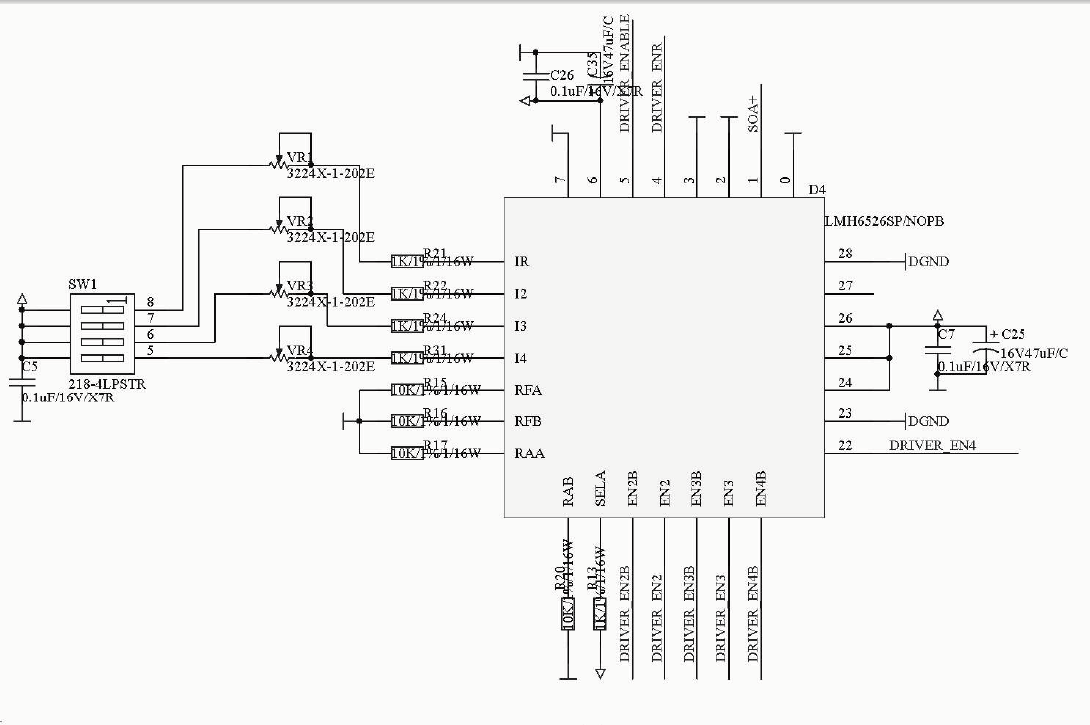Hi,
I tried to use LMH6526 to drive a SOA. It's acceptable although there were some overshot at 10ns pulse. But when a ~700Hz fluctuation showed my optical output intensity, I felt hopeless. Is there any data can tell me the stability of this chip like output pulse current verse time? And by the way, do you think a 40mA example in datasheet is able to tell the performance of a 600mA chip?
Best,
ZQ



